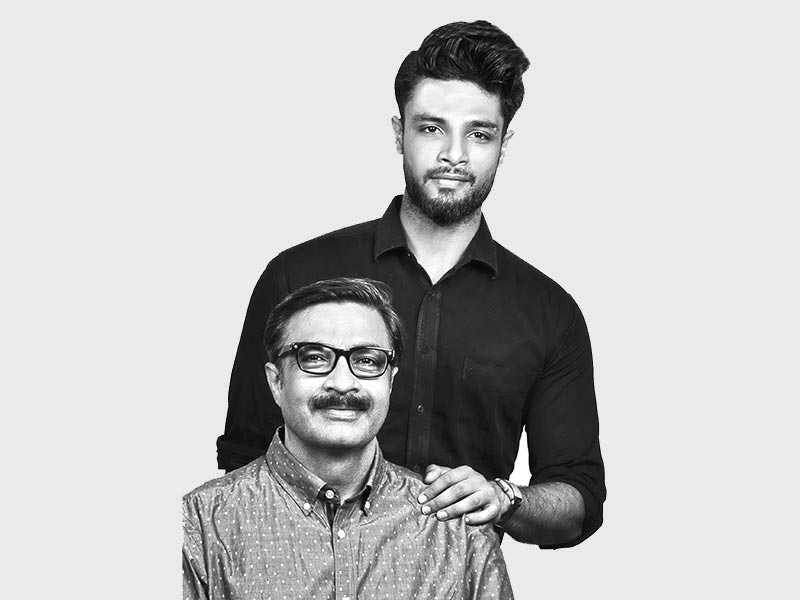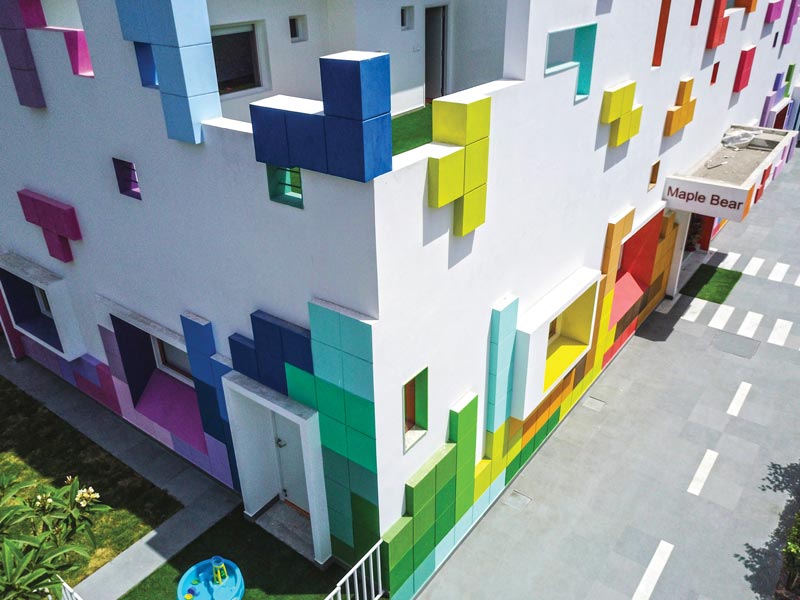
Architecture Design in India is an ever-changing and a transitional commodity. With the ever-changing tech community, the rising ideologies in design market vary from day to day. The subjectivity of the change and modifications in the design industry can never be collated in one ideology, as it’s a huge and significant industry of the world.
Now the question is not about how the Indian architecture and design is changing but rather, whether that very change is taking the Indian architecture and design in the right direction and manner. Flexibilities, more innovations, more amalgamations of authentic Indian practices with the new tech industries, and keeping up with the global level, are the points that can automatically drive the Indian architectural and design community to have an indirect significant influence on the global market.
The authentic Indian practices of using ladakh (wood) tel patti method, locally available stone crafts, regional material palettes, local city color palettes (Jodhpur, Jaipur, Rajasthani cities) etc have influenced the West to think beyond the modern use of materials and shift back in time to give a classic approach to their cities and places. Hence, the authenticity of Indian culture binds its architectural roots in a very strong manner to influence the global architectural community in the right direction.
Technology makes it easier for us to execute a design, but it never enhances the design approach and mentality.
Renesa Studio has never been a fan of using technologically developed scripts to come up with a design scheme, even though lately, they have revolutionized the way the community seeks to develop a new range of design capabilities for the future. Even though softwares like BIM, RHINO etc can provide a third or maybe fourth dimensional aspect to the architectural world, we still feel that they are inhibiting the organic growth pattern of architecture in the West, and is catching on in the Indian market as well.
No doubt, technology makes it easier for us to execute a design, but it never enhances the design approach and mentality. Hence, the change is obviously helping the execution but at the same time it is stopping the natural architectural sketched lines to play through till the end.
It is interesting to see how use of the so-called artificial commercial materials drastically decreased in the last few years with the realization that traditional materials obviously suit the Indian environment more.
 The Tetrisception / Maple Bear School
The Tetrisception / Maple Bear SchoolHence, we do feel the use of traditional material has made a great comeback in the Indian scenario as well as the Asian, with the architects trying to amalgamate design theories to come up with new and innovative solutions for their projects.
In the metros, precast, PEB and drywall construction have already become the norm, but the smaller cities have still not recognized their cost-effectiveness
Construction is a very vast term in Indian architectural culture. From the traditional use of brick and mud walls to terracotta claddings to “cement gutai” on the walls, and to the latest precast, PEB, drywall constructions, these techniques have evolved massively over the last few decades in view of their structural securities, more flexibilities to design innovations, and futuristic ideologies.
In the metropolitan cities of India, the new construction techniques have already become the norm in view of the high rate of construction happening. At the same time, the smaller 2-tier cities have still not recognized the cost-effective precast building culture, and have their roots stuck onto the traditional methods of playing with the old-school style of brickwork. Hence, we feel that the Indian market is such a big landscape that it becomes difficult to recognize whether precast, PEB and drywalls have become the norm or whether the traditional methods will continue.















